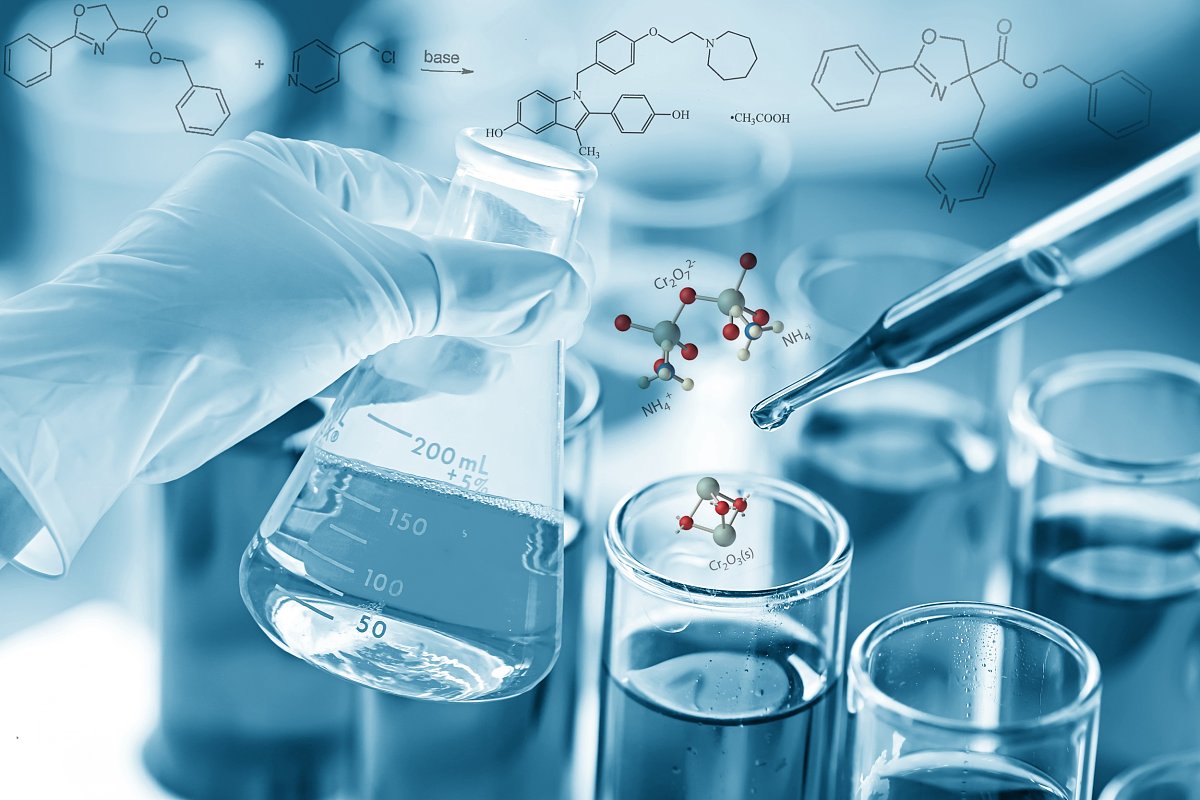Fluorescent labeling technology: it is a technology that connects the Covalent bond of fluorescent groups to proteins, nucleic acids and other molecular substances that can recognize. This technology completes the labeling process by reacting specific groups of fluorescent signal substances with specific groups that recognize molecular substances, and utilizing the fluorescence characteristics of the markers to provide signals of the detected object. Fluorescent labeling methods have advantages such as no radioactivity, simple operation, high sensitivity, and good selectivity. There are many types of fluorescent markers and flexible labeling methods, which can be applied to the detection of various biological macromolecules and drugs. There are three commonly used fluorescent dyes with relatively high cost performance, Fitc, Rhodamine B and Fam.
In addition to proficiently labeling these three types of fluorescence, Xinweichuang Biology can also label various other fluorescence.
New Vivian Biofluorescence Labeling Types:
1. Fluorescent labeled antibody
Monoclonal antibody, Polyclonal antibodies or recombinant antibody can also be conjugated antibody or non conjugated antibody.
2. Fluorescence labeled proteins
Human serum albumin (HAS), Bovine serum albumin (BSA), ovalbumin (OVA), concanavalin A, complex protein Casein, protamine.
3. Fluorescence modified peptides (peptides with various sequence numbers)
RGD polypeptide, cRGD, Angiopep, CPP Casein phosphopeptide, Octreotide Octreotide, YIGSR, R8 arginine rich polypeptide, GE11 polypeptide and other polypeptides
4. Fluorescent labeled phospholipids (DSPE, DOPE, DMPE, DPPE, DPG, DPPS, etc.)
5. Fluorescent labeled polymer
PLGA polylactic acid hydroxyacetic acid copolymer; PCL polycaprolactone; PLA polylactic acid; PAA polyacrylic acid; PS polypropylene ethylene; PEI polyethylene imine; PAMAM dendritic polyamide; PNIPAAm Poly (N-isopropylacrylamide); PtBA tert butyl polyacrylate.
6. Fluorescence labeling of amino acids and polyamino acids
Poly lysine PLL, PASP poly Aspartic acid, Histidine, glutamic acid, poly arginine, poly Sarcosine, Leucine, Valine, ornithine, complexine, glycine, serine proline, serine, tyrosine, cysteine, Phenylalanine.
7. Fluorescence labeled liposomes
Blank control liposomes, drug loaded liposomes, DNA or small molecule loaded liposomes, long circulating liposomes, cationic liposomes, fluorescent liposomes, neutral liposomes, negatively charged liposomes, positively charged liposomes, multicellular liposomes, polycystic liposomes, and immune liposomes
8. Fluorescent labeled sugars
Monosaccharides, polysaccharides, glycans, oligosaccharides, Lipopolysaccharide, agarose, ribose, Glucan, Mannose, sugar alcohol, etc
9. Fluorescence labeled drugs, small molecules, inhibitors, pharmaceutical intermediates, and bioactive small molecules
Methotrexate (MTX), paclitaxel (PTX), doxorubicin DOX, CDDP cisplatin, Metronidazole, pemetrexed, sulfadoxine, anisamide, Adamantane, Azithromycin, Cyclophosphamide, Fluorouracil, Gemcitabine.








